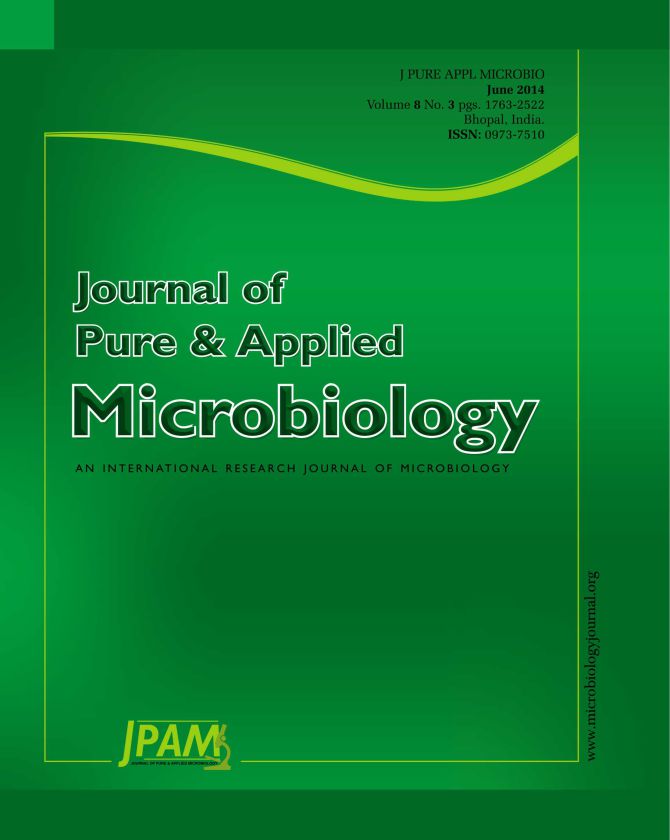Shiga toxin-producing Escherichia coli (STEC) are one of the emerging zoonotic pathogens with cattle being considered as the major reservoirs of infection. Outbreaks of human disease are often traced to contacts with cattle or their products. The present study was, thus, undertaken to isolate and characterize STEC from bovines and their handlers. Faecal samples from bovines (n=103) and their handlers’ stool and fingertip rinses (n=70) were collected over an eight month from August, 2011 to March, 2012. Multiplex polymerase chain reaction (mPCR) for stx1, stx2, eaeA and hlyA genes detected STEC in 15 (11.90%) of the 126 E. coli isolates with the most frequent virulence gene combination as stx1, stx2 and hlyA. Both stx1 and stx2 genes in combination were found to be more frequent (66.6%) than only stx2 (26.6%) and stx1 (6.66%) genes among the STEC isolates. The intimin and enterohaemolysin encoding genes, eaeA and hlyA were detected in 6 (40%) and 11 (73.3%) of the STEC isolates. The overall prevalence of STEC in cattle, buffalo and bovine handlers was 15%, 6.7% and 4.28% respectively. Though there were no similar serogroups of STEC isolated from bovines and their handlers, their virulence gene profile was similar in one farm. A positive correlation (r=0.958) of STEC prevalence of bovines and their handlers existed in different localities. The study indicates that bovines in the region harbour STEC, and are the probable source of STEC transmission to humans especially occupationally exposed groups.
Association, bovines, bovine handlers, prevalence, STEC
© The Author(s) 2014. Open Access. This article is distributed under the terms of the Creative Commons Attribution 4.0 International License which permits unrestricted use, sharing, distribution, and reproduction in any medium, provided you give appropriate credit to the original author(s) and the source, provide a link to the Creative Commons license, and indicate if changes were made.


